Vasotomy of the nasal turbinates

specialists

equipment

treatment
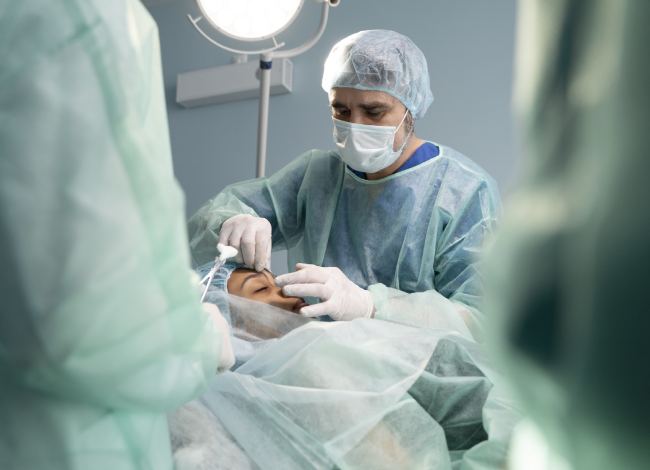
The main indication for vasotomy is allergic rhinitis. This is an inflammatory disease of the nasal cavity caused by the body's immune response to allergens (pollen, dust, animal dander). This condition is characterized by frequent sneezing, nasal congestion, itching, and excessive secretion of clear mucus.
It is also prescribed for vasomotor rhinitis (breathing disorder caused by dysfunction of the regulation of vascular tone in the nasal cavity). This non-allergic condition causes intermittent nasal congestion, mucus, and difficulty breathing. The pathology is provoked by weather changes, emotional stress and chemical irritants.
Vasotomy is also performed against the background of hypertrophic rhinitis. This is a chronic inflammation of the nasal mucosa, which results in thickening (hypertrophy) of the mucosa. The main symptoms are difficulty breathing through the nose, constant congestion, increased secretion and (often) decreased sense of smell.

General information about the procedure

How is an appointment with an otolaryngologist at K+31?
Our doctors

This award is given to clinics with the highest ratings according to user ratings, a large number of requests from this site, and in the absence of critical violations.

This award is given to clinics with the highest ratings according to user ratings. It means that the place is known, loved, and definitely worth visiting.

The ProDoctors portal collected 500 thousand reviews, compiled a rating of doctors based on them and awarded the best. We are proud that our doctors are among those awarded.
Make an appointment at a convenient time on the nearest date






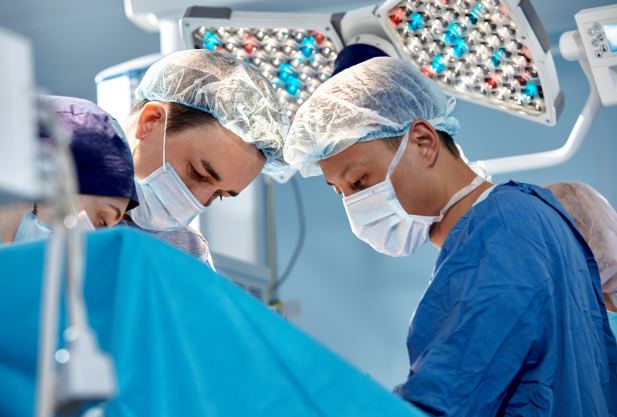
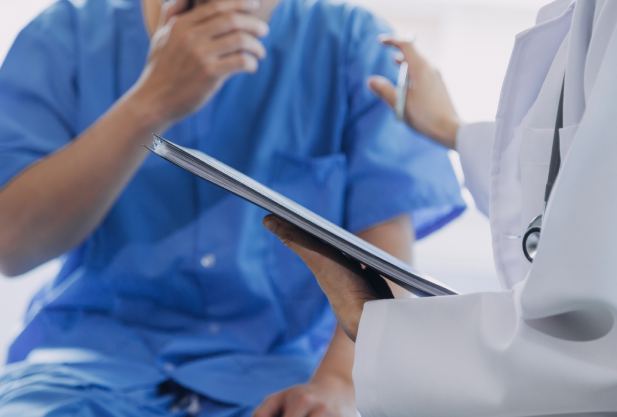

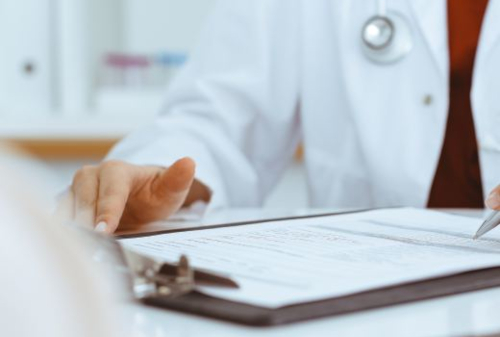





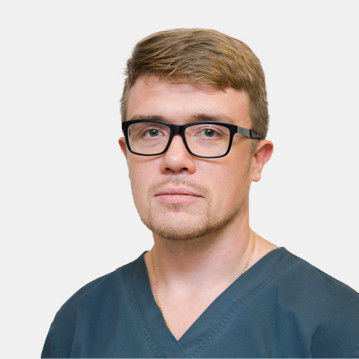

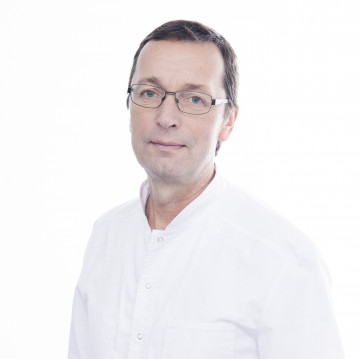
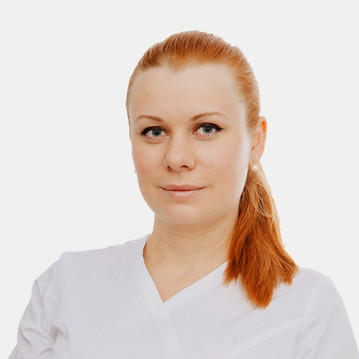



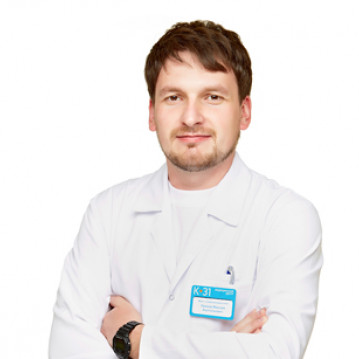


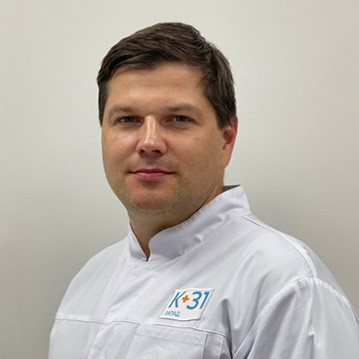




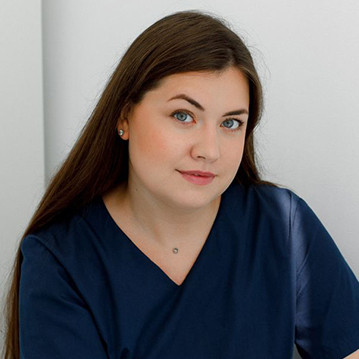
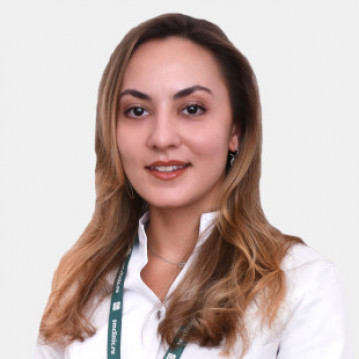





What is vasotomy?
Vasotomy is prescribed in cases where traditional treatment of chronic runny nose does not bring the desired effect, and the constant use of nasal drops and other medications is undesirable.
This solution allows patients to avoid long-term complications and significantly improve their quality of life.
Vasotomy is performed using different methods. Often the doctor decides to perform electrocoagulation. In this case, a special heated electrode is inserted into the nasal concha. The procedure usually takes place without blood loss, but at the same time there is a risk of damage to the mucous membrane and a decrease in its functions.
In some cases, a vasotomy is performed using surgical instruments. With this method, an incision is made with a scalpel, then the doctor inserts an instrument to destroy the vessels of the nasal concha. Considering that this method provokes significant blood loss and pain after surgery, the specialist installs a tamponade in the nasal cavity.
Many clinics use laser coagulation. In this case, a laser is injected under the nasal mucosa, which destroys blood vessels without blood loss or pain. The main advantages of this method are a short recovery period and minimal risk of damage to surrounding tissue.
Another modern method is radio wave vasotomy. In this case, high-frequency radio waves are used to heat and destroy tissue.
The most gentle method of exposure is ultrasonic destruction. Ultrasound is used to destroy tissue.